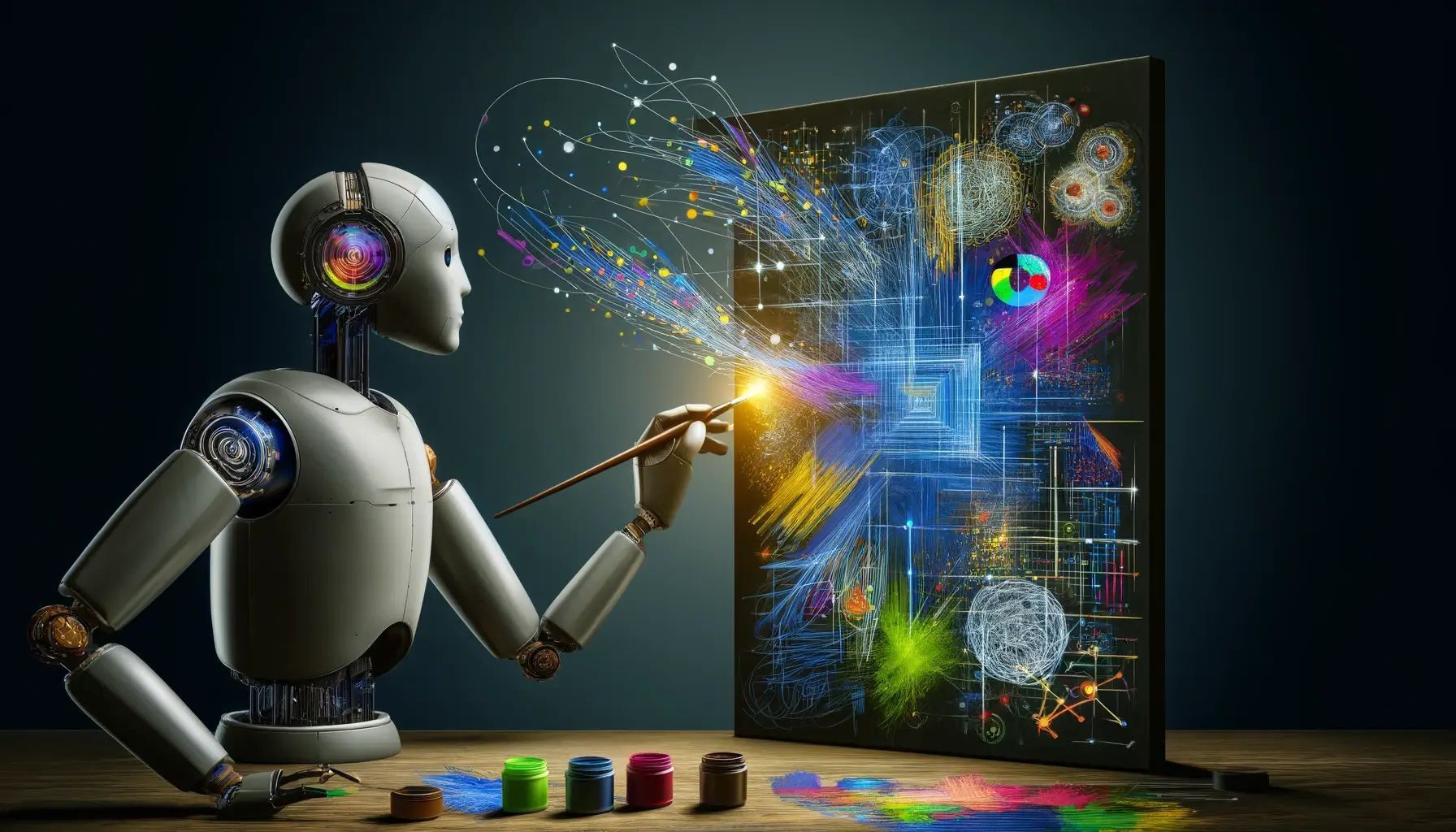
Visualization is a powerful tool that helps us understand complex data, ideas, and concepts through images, charts, and graphs. It transforms abstract information into something tangible and easier to grasp. Why is visualization so important? Because it enhances our ability to see patterns, trends, and outliers that might be missed in text-based data. Visualization also aids in memory retention and makes presentations more engaging. From ancient cave paintings to modern infographics, humans have always used visual tools to communicate. In this blog post, we'll explore 50 fascinating facts about visualization that highlight its impact on learning, decision-making, and creativity. Get ready to see the world through a new lens!
Key Takeaways:
- Visualization helps us understand complex information by turning it into pictures, making it easier to remember and see patterns that we might miss in just words or numbers.
- Visualization is used in many areas like school, business, and even healthcare to help people make decisions and communicate important information in a way that everyone can understand.
What is Visualization?
Visualization is a powerful tool that helps people understand complex data, concepts, and ideas by representing them visually. This technique is widely used in various fields, from education to business, to enhance comprehension and decision-making.
- Visualization transforms abstract data into visual formats like charts, graphs, and maps.
- It helps identify patterns, trends, and outliers in data that might not be obvious in raw form.
- Visual aids can improve memory retention by up to 65%.
- The human brain processes images 60,000 times faster than text.
- Data visualization can simplify complex information, making it accessible to a broader audience.
Types of Visualization
Different types of visualizations serve various purposes. Each type has its strengths and is suited for specific kinds of data and analysis.
- Bar charts are ideal for comparing quantities across different categories.
- Line graphs show trends over time, making them perfect for time-series data.
- Pie charts represent parts of a whole, useful for showing proportions.
- Scatter plots display relationships between two variables, highlighting correlations.
- Heat maps use color to represent data density or intensity, often used in geographical data.
Benefits of Visualization
Visualization offers numerous benefits that can enhance understanding, communication, and decision-making.
- It makes data more engaging and easier to digest.
- Visual tools can highlight key insights quickly, saving time.
- They can reveal hidden patterns and relationships in data.
- Visualization aids in storytelling, making presentations more compelling.
- It can improve collaboration by providing a common visual language.
Visualization in Education
In educational settings, visualization can significantly enhance learning and comprehension.
- Visual aids can help students grasp complex concepts more easily.
- They cater to visual learners, who make up about 65% of the population.
- Interactive visualizations can engage students and make learning more interactive.
- They can simplify abstract concepts, making them more tangible.
- Visualization tools can support problem-solving and critical thinking skills.
Visualization in Business
Businesses use visualization to make data-driven decisions and communicate insights effectively.
- Dashboards provide real-time data visualization for quick decision-making.
- Visual reports can make complex business data accessible to non-experts.
- They can identify market trends and customer preferences.
- Visualization tools can track performance metrics and KPIs.
- They can enhance presentations, making them more persuasive.
Visualization Tools and Software
Various tools and software are available to create effective visualizations, each with unique features.
- Tableau is a popular tool for creating interactive and shareable dashboards.
- Microsoft Power BI integrates with other Microsoft products for seamless data analysis.
- Google Data Studio offers free, customizable data visualization options.
- D3.js is a JavaScript library for creating dynamic and interactive data visualizations.
- Excel, though basic, remains a widely used tool for simple charts and graphs.
Challenges in Visualization
Despite its benefits, visualization comes with challenges that need to be addressed for effective use.
- Misleading visuals can result from poor design choices or intentional manipulation.
- Overloading visuals with too much information can overwhelm viewers.
- Choosing the wrong type of visualization can obscure important insights.
- Data quality issues can lead to inaccurate visualizations.
- Ensuring accessibility for all users, including those with visual impairments, is crucial.
Future of Visualization
The future of visualization is promising, with advancements in technology and new trends emerging.
- Augmented reality (AR) and virtual reality (VR) are opening new possibilities for immersive visualizations.
- Artificial intelligence (AI) can automate the creation of complex visualizations.
- Real-time data visualization is becoming more prevalent with the rise of big data.
- Interactive and user-friendly visualizations are in high demand.
- Visualization is increasingly being integrated into everyday applications and devices.
Visualization in Science and Research
In scientific research, visualization plays a critical role in data analysis and communication.
- It helps scientists interpret large datasets from experiments and simulations.
- Visual tools can illustrate complex scientific concepts and processes.
- They can aid in the discovery of new patterns and relationships in data.
- Visualization can enhance the communication of research findings to a broader audience.
- It supports collaborative research by providing a common visual framework.
Visualization in Healthcare
Healthcare professionals use visualization to improve patient care and medical research.
- Medical imaging techniques like MRI and CT scans rely on visualization.
- Visual tools can track patient progress and treatment outcomes.
- They can identify trends in public health data, aiding in disease prevention.
- Visualization can support medical education and training.
- It can enhance the communication of complex medical information to patients and their families.
The Power of Visualization
Visualization isn't just a buzzword; it's a game-changer. From boosting creativity to enhancing memory, the benefits are endless. Athletes use it to improve performance, while students find it helps with learning and retention. Even in business, visualization can lead to better decision-making and problem-solving.
Incorporating visualization into daily routines can make a significant difference. Whether through meditation, vision boards, or guided imagery, the practice is accessible to everyone. It's about creating a mental image of your goals and working towards them with clarity and focus.
So, next time you're facing a challenge or setting a new goal, remember the power of visualization. It might just be the tool you need to turn your dreams into reality. Give it a try and see the magic unfold.
Frequently Asked Questions
Was this page helpful?
Our commitment to delivering trustworthy and engaging content is at the heart of what we do. Each fact on our site is contributed by real users like you, bringing a wealth of diverse insights and information. To ensure the highest standards of accuracy and reliability, our dedicated editors meticulously review each submission. This process guarantees that the facts we share are not only fascinating but also credible. Trust in our commitment to quality and authenticity as you explore and learn with us.


